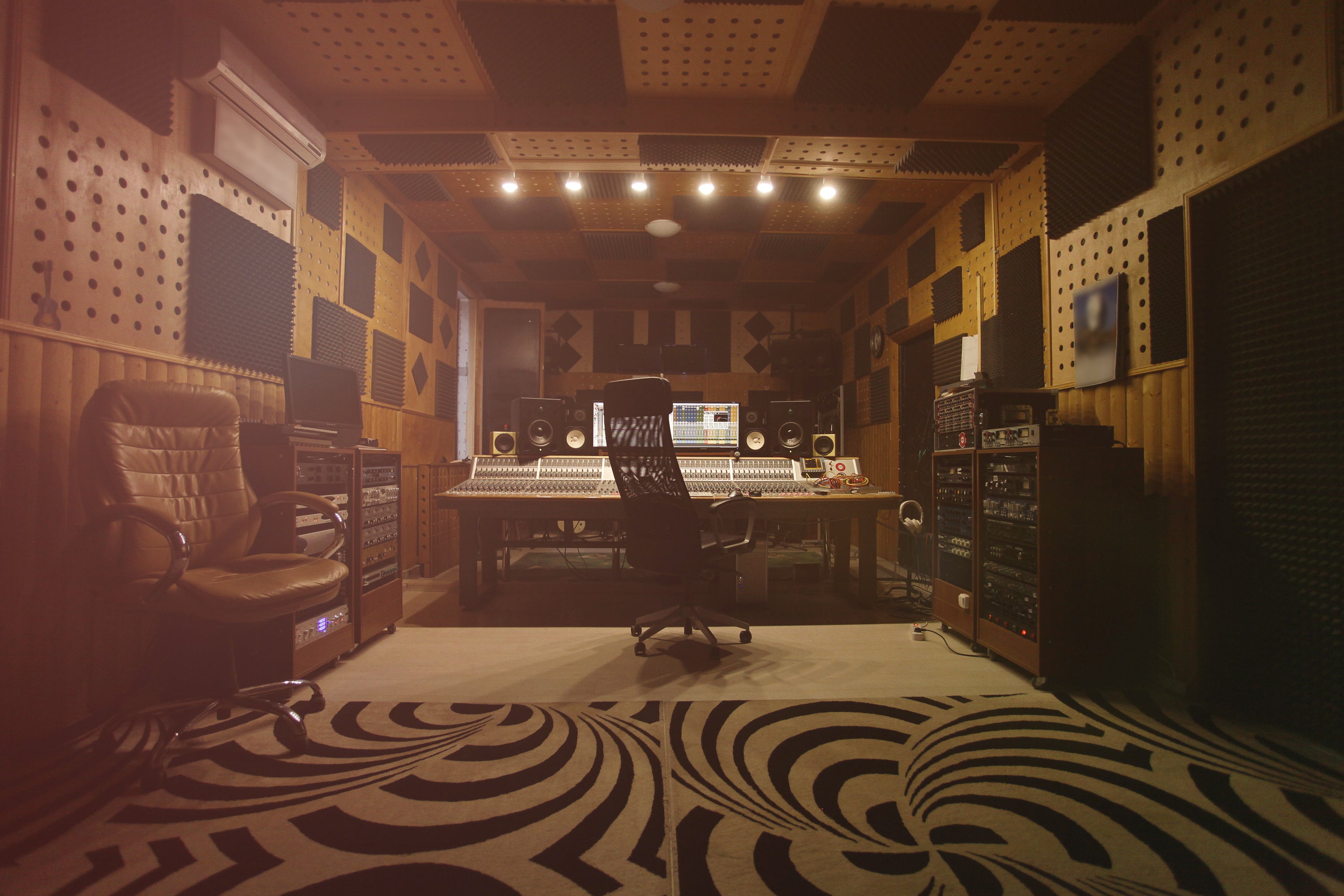-
Example product title
Regular price $19.99 USDRegular priceUnit price per -
Example product title
Regular price $19.99 USDRegular priceUnit price per -
Example product title
Regular price $19.99 USDRegular priceUnit price per
-

-

OUR PROCESS
Get in touchWe ignite the passion for sound, curating an unparalleled collection of music that resonates with every soul.




